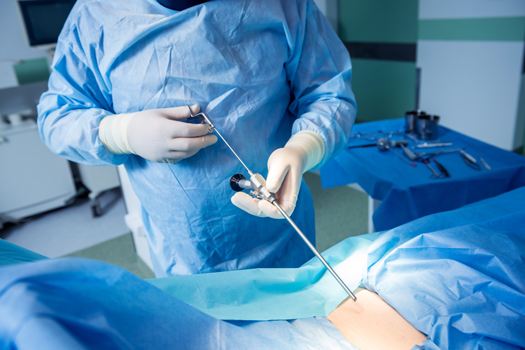
Most patients hope to be able to get back to their regular routines and preferred activities after having herniated disc surgery. This is often possible if you take the steps and precautions necessary to safely shift back to what you usually do. This article discusses what to keep in mind as you return to normal life after a microdiscectomy.
Have Realistic Expectations
Many microdiscectomy patients are able to successfully get back to their normal lives after recovering and going through physical therapy. This being stated, your expectations should be realistic and specific to your goals and physical capabilities. With this type of spine surgery, expect to take it easy for the first month or so after the procedure by being cautious with:
• Bending and reaching
• Overly strenuous activities
• Limitations with certain movements or routines
Step Things Up Gradually
Somewhere around the three-month mark, most microdiscectomy patients are able to get back to many, if not all, normal activities. However, it may take longer to get back to more physically demanding things, which can include:
• Work of a more physical nature
• Participation in contact sports
• Strenuous exercise or workout routines
Patients are typically advised to ease gradually and steadily back into the routines they consider normal, which depends on lifestyle and the nature of their activities. For instance, if you hope to get back to running 5K races, you may need to work toward this goal at a slower pace until you receive approval from your doctor. However, if you're normally not excessively active and you have a job that involves working at a desk, you should be able to get back to what's normal for you sooner.
Discuss Your Goals with Everyone Involved
Don't assume your physical therapist knows the goals you may have discussed with your doctor or surgeon. You'll be more likely to get back to a routine that's normal for you if everyone on your recovery support team is on the same page. You'll also benefit from recovery and therapy recommendations more specific to your priorities and goals by keeping everyone informed.
Be Careful as You Become More Active
Reduce the risk of reinjuring the same disc or area of your spine by paying attention to any signs you may be pushing yourself too far. This also means taking reasonable precautions as you become more active. With physically demanding jobs, patients are typically advised to start with modified activities before resuming all duties and tasks. This also applies to sports. Further increase your ability to return to your normal life post-discectomy safely and effectively by:
• Discussing any unusual pain or post-surgery symptoms with your doctor
• Taking breaks between physically demanding activities
• Adopting spine-friendly habits (e.g., exercising regularly, eating foods that naturally ease inflammation, improving your posture)
Although microdiscectomy surgery is generally a very successful procedure, patients with a larger hole in the outer ring of the disc have a significantly higher risk of reherniation following surgery. Often, the surgeon won’t know the size of the hole until beginning surgery. A new treatment, Barricaid, was specifically designed to close the large hole often left in the spinal disc after discectomy. This treatment is done immediately following the discectomy—during the same operation—and doesn’t require any additional incisions or time in the hospital. In a large-scale study, 95 percent of Barricaid patients didn’t undergo a reoperation due to reherniation in the 2-year study timeframe.
If you have any questions about the Barricaid treatment or how to get access to Barricaid, ask your doctor or contact us at 844-288-7474.
For full benefit/risk information, please visit: https://www.barricaid.com/instructions.


Comments